By Rabbi Yair Hoffman for 5tjt.com
Today is the 94th Yartzeit of the Alter of Slabodka. The topography of today’s Torah world would have been vastly different were it not for the vision and hard work of one remarkable individual – the Alter of Slabodka – Rav Nosson Zvi Finkel zt”l (1849- Feb. 1st, 1927).
If you are reading this article, and you or your father had studied in a Yeshiva, it is likely that you were influenced by the Alter of Slabodka. Shockingly, there is very little of his Torah that is out there. There is, however, an effort underway now to bring his Torah shiurim to the public through the republishing of a rare and comprehensive work – but more on this at the end of this article.
SOME OF HIS SAYINGS
- Why do we say, “Shalom Aleichem” to others during Kiddush Levanah? Because right beforehand we said the words, “tipol aleihem aimasa upachad – let terror and fear fall upon them.” The impact of these words could affect our neshamos in negating others and becoming revenge seekers – thus we say “Shalom Aleichem” to entrench within us ahavah and brotherly love. (V’Ohr HaMussar p. 205)
- “Rashi says about Yaakov Avinu (Bereishis 28:16) – “had he known about the kedusha of the place – he would not have sleptd there.” Even though he achieved such spiritual heights that night – it is a chisaron of derech eretz to sleep in a holy place – even to achieve prophecy, because derech eretz kadma laTorah.” (Chayei HaMussar II p.62)
- Someone noticed that the Alter used to fast frequently, and discovered that he would fast whenever he saw a student not succeeding in his learning and growth. When asked why he did so, the Alter responded, “If one truly understood that each student is a ben melech – there is no other choice.” (Darchei Mussar p.221)
- “Why do we pour drops of wine at the seder at the mention of each of the Makos? Perhaps it is to develop our sensitivity toward suffering – even though they caused so much pain to Klal Yisroel.” (Chayei HaMussar p. 205)
- “Chazal, in their depth of understanding, ruled that a father not make a shehecheyanu at his own son’s bris, because his inner feelings is to feel the pain of the baby. Yet they also ruled that when receiving a yerusha – a bracha is made – because of the inner feeling of financial relief. How full of insights chazal were!” (Chayei HaMussar p.70)
- “The Gemorah in Gittin 64b tells us that you see wisdom in a child if he throws out a rock, but takes a walnut. Why a walnut? Because a walnut appears useless on the outside, but inside has value. A child who understands that is discerning and wise.” (Chayei HaMussar p. 107)
- “Rabbi Yehudah made simanim for the Makos – Datzach, Adash, Ba”aChab. What is so significant about merely making abbreviations? These are no mere abbreviations, however, they impart the highest of lessons – to watch ourselves not to say things that are megunah.” (Chayei HaMussar p. 285)
IMPACT
The Alter’s students went on to establish Yeshivos throughout the world and, in turn, were responsible for bringing Torah to tens of thousands of Yeshiva students.
- The Mirrer Yeshiva in Poland and later in Eretz Yisroel was headed by his own son, Rav Eliezer Yehuda Finkel (Rav Lazer Yudel)
- Rav Yeruchem Levovitz of the Mirrer was a talmid of the Alter
- Rav Reuvain Grozofsky of Beis Medrash Elyon in Monsey
- Rav Yitzchok Hutner of Yeshiva Chaim Berlin in Brooklyn, had studied under the Alter in Europe and in Hevron;
- Rav Yaakov Kamenetsky of Yeshiva Torah Vodaas was a Talmid;
- Rav Aharon Kotler, a talmid, headed the Yeshiva in Kletzk. The Alter said about him that the entire Yeshiva of Slabodka would have been worth it just to have influenced Rav Aharon
- He also established BMG in Lakewood, New Jersey, now the largest yeshiva in the world;
- Rav Dovid Leibowitz of Yeshiva Chofetz Chaim first in Williamsburg and now in Queens, with branches across the United States;
- Rav Yaakov Yitzchok Ruderman of Yeshivas Ner Yisroel in Baltimore, Maryland;
- Rav Yechezkel Sarna, head of Hevron Yeshiva, Jerusalem, Israel;
- Rav Yitzchok Isaac Sher, his son-in-law who headed the Slabodka Yeshiva of Bnei Brak, Israel;
- Rav Eliezer Menachem Shach of Ponevech was a talmid of Slabodka and Kletzk
- Rav Yechiel Yaakov Weinberg who headed the Rav Azriel Hildesheimer Rabbinical Seminary in Berlin, Germany
- Rav Avigdor Miller
- Rav Meir Chodosh of the Hevron Yeshiva
- And many more..
All of them were all talmidim of the Alter.
BACKGROUND AND APPROACH
Originally, the Alter was a student of Rav Simcha Zissel Ziv Brody of Kelm (a student of Rav Yisroel Salanter – founder of the Mussar Movement), where he realized quickly that the approach of Mussar study launched by Rav Yisroel Salanter was key to keeping up effective Torah continuity in modern times. And yet, he differed from Rav Simcha Zissel in his views as to the best way to market the Mussar approach. He differed in two significant areas.
- Rav Nosson Tzvi felt that Mussar would thrive in an environment that would be viewed as an elite Torah institution. To this end, Rav Nosson Tzvi sought out the most brilliant students in the Torah world. He also launched a concept known as Gadlus HaAdam – emphasizing the greatness of Hashem’s creation – Man.
- There was another factor as well. Rav Simcha Zissel had made some changes in the curriculum of Torah education – where had introduced some secular subjects in his Yeshivah. Rav Nosson Tzvi felt that such a change would not fly in the Torah world and, although he would send students to study with Rav Simcha Zissel, he made sure not to incorporate such an innovation in his Yeshiva.
ORIGIN
Harav Nosson Tzvi was born in the year 1849 (5609) in the town of Raseiniai, Russia. Before 1795, it was part of the Polish Lithuanian Commonwealth, but it was annexed by Russian Tsarina Catherine into the Russian Empire and its city rights were annulled. In the Russian Empire, the town was the center of Rossieny County. From 1801 to 1843, the county was in the Vilna Governorate, and from 1843 on it became part of the Kovno Governorate.
HIS HOME TOWN
Eighteen years before he was born, an insurrection against Tsar Nicholas I and his Tsarist oppression began in Raseiniai. On March 26, 1831, rebels took Raseiniai and formed a provisional district government. Within a few days the insurrection spread throughout the entire country – and was later known as the 1831 Rebellion.
The town long had a large Jewish presence. It was among the first Jewish communities established in Lithuania, and the city, which is known in Yiddish as Raseyn, became known as the “Jerusalem of Zamut.” Jews continued to settle there in large numbers throughout the 17th century.
During most of the 19th century, the greater proportion of the town’s population was Jewish and it was a center of the Jewish Haskalah (Enlightenment) movement. In 1842 , the city had 7,455 inhabitants, the majority of whom were Jews. In 1866, the town had 10,579 inhabitants, of whom 8,290 were Jews. In 1897, the population of Jews was 17,000.
In 1849, the Alter was born to Reb Moshe Finkel, a prominent community figure. At a young age he was orphaned of both his parents, and a relative from Vilna took him in. Unfortunately, the official records of his birth during the years that surrounded his birth have been completely lost.
As a young bachur, Reb Nosson Tzvi gained fame as a lamdan, an iluy and a master of deep thought.
Reb Meir Bashis, the son-in-law of the Rav of Kelm — Harav Eliezer Guterman — chose Reb Nosson Tzvi to marry his daughter, Gittel, and supported him for a number of years, which enabled him to continue to sit and learn without disturbance.
He was known for his exceptional oratorical skills. Interestingly enough, later in life, he entirely changed his method of speech. After his introduction to Mussar (and his mastery of it), he delivered his Mussar thoughts to others in a quiet manner and tone. He felt that Mussar and Torah thought had to be given over to others – without charismatic appeal. He had two reasons for this – to ensure that the Mussar was entirely intellectual without danger of influencing others out of emotional appeal and the second to enable students to develop themselves and ther own personalities. Once, when his student Rav Yeruchem Levovitz came to Slabodka to visit – he strongly lectured him to not be so charismatic. He told him that the charismatic approach would stifle their growth as individuals. One talmid who was there at the time (Rav Yitzchok Ruderman) later commented, “Had I spoken to my students in such a harsh tone – they would surely have left me. Only the Alter could have done this.”
INTRODUCTION TO MUSSAR
Once, while a young Rav Nosson Tzvi Finkel was, delivering a drashah in his hometown of Rasein, the Rav, Harav Alexander Moshe Lapidos zt”l (1819-1906) a close disciple of Harav Yisrael Salanter zt”l — realized Rav Nosson Tzvi’s great potential and suggested that he travel to the giant of mussar, Harav Simcha Zisel Ziv, zt”l, the Alter of Kelm. Rav Lapidos wrote a letter to Rav Simcha Zissel and told him to help form this young man – with such enormous potential.
After coming to know Harav Simcha Zisel, Reb Nosson Tzvi became his talmid muvhak. Harav Simcha Zisel put Reb Nosson Tzvi in charge of his Talmud Torah in Kelm.
Sometime before Rav Yisroel Salanter moved to Germany in 1857, The Alter met with him and asked Reb Yisrael what his avodah and tafkid in life should be in this world. Reb Yisrael answered with the pasuk: “L’hachayos ruach shefalim u’lhachayos lev nidkaim — to revive the spirit of the meek and revive the hearts of the depressed” (Yeshayahu 57:15).
Sometime in the 1860’s or 70’s, Reb Nosson Tzvi developed a relationship with a wealthy Berlin inventor named Reb Ovadiah Lachman. Reb Ovadia was a supporter of Rav Yisroel Salanter, a good friend of his student Rav Yitzchok Blazer, and one of the founders of the Telze Yeshiva in 1875. He had invented a number of inventions, including wings for ships so that they would not capsize, a new type of alarm, and some other inventions too. Reb Ovadiah became quite wealthy and a supporter of the Mussar Movement. Once, when the newspaper HaMeilitz tried to sow dissent in the Torah community by falsely claiming that Lachman and Rav Blazer had had a falling out, Reb Ovadia wrote a scathing letter to the paper. Reb Ovadia soon became the financial backbone of the Mussar projects of the Alter. [This author has hired a researcher to obtain more information about this remarkable individual].
With the help of Reb Ovadia Lachman, in 5637/1877, a 28 year old Reb Nosson Tzvi founded a kollel in Slabodka, and later, a learning program for bachurim. When Harav Yizchak Elchanan Spektor, zt”l, of Kovno, founded Kollel Perushim, Rav Nosson Tzvi Finkel joined its hanhalah and instilled in its membership the mussar approach. In 1881, he founded the Yeshiva of Slabodka – again with the help of Reb Ovadiah.
VOLOZHIN CLOSES
On February 2nd, 1892, the famed Volozhin Yeshiva, started by Rav Chaim of Volozhin student of the Vilna Gaon – had closed its doors by order of the Russian government. This had repercussions in the world of the Yeshivos, as other Yeshivos began to rise in enrollment – namely the Mirrer Yeshiva in Mir, Poland, Telze, the Kovno Kollel, (not to be confused with a later Kovno Kollel in which Slabodka talmidim partook) and the Alter’s new Yeshiva. There were 170 members in that early Kovno Kollel and the majority support was from Reb Ovadia Lachman.
BEGINNINGS OF SLABODKA
Harav Nosson Tzvi had initially joined the Yeshivah Ohr Hachaim of Slabodka, and served as its Mashgiach. This yeshivah was the seed-institution of the future yeshivah gedolah of Slabodka.
Soon, hundreds of bachurim flocked to the Slabodka Yeshivah, which became famous as a bastion of Torah and mussar. With his riveting shmuessen and humility, Rav Finkel inspired thousands of talmidim.
THE MUSSAR DEBATE
In 5657/1897, a raging debate about the shitah of mussar divided the yeshivah, which caused most of the talmidim to leave. When the embers of controversy finally cooled, Harav Nosson Tzi remained with only 70 talmidim. He named his new mosad Yeshivah Knesses Yisrael, in honor of his Rebbi, Harav Yisrael Salanter. The other camp named their’s Yeshivah Knesses Beis Yitzchok.
Within a short time, Knesses Yisrael again began growing rapidly, and Harav Nosson Tzvi once again led hundreds of talmidim.
The Alter hired two top Roshei Yeshiva who had studied in Volozhin before it had closed. Rav Moshe Mordechai Epstein and Rav Isser Zalman Meltzer, the author of the Even Ha’Azel and the future father-in-law of Rav Aharon Kotler. When the Radbaz from Slutzk had asked the Alter to help launch a Yeshiva in that city, he sent him and ten top talmidim. The Alter did the same for the Mirrer Yeshiva and for Telze.
THE MOVE TO HEVRON
When World War One had broken out, most of the Yeshivos relocated and or split up – including the bochurim had to leave. The last one out of Slabodka in 1914, was Rav Eliezer Menachem Shach. The Alter did not come back to Slabodka until 1920.
By that time, there were enormous changes that happened. The town of Kovno switched from old-style Lita to German Orthodoxy – Torah im Derech Eretz. The suburb of Slabodka and the city of Kovno were no longer under Russia, but under the New Republic of Lithuania.
Originally, the Slabodka Yeshiva was considered a school of higher learning and its students were exempt from the draft, because Rav Avrohom Grozinsky had made such an arrangement. But not for long.
Soon a crisis emerged.
As soon as the new Poland began chomping upon its borders, Lithuania needed to institute a draft. They gave the Yeshiva an ultimatum: Either allow the older students to be drafter in the Lithuanian Armed Forces, or start introducing secular studies into the program.
The hanhallah thought hard and decided to split into two. The younger students – below draft age would stay in Slabodka. The older ones would have to go to Eretz Yisroel.
The Alter sent Rav Avrohom Grodzinsky and Rav Yechezkel Sarna to scope out the situation in Eretz Yisroel. At first, prior to the crisis, the plan was just to send ten students to Yerushalayim. They were to adopt Yerushalmi garb and blend in. Now, however, after the Lithuanian Draft Crisis – they needed to find a different location and move to it – en masse. They chose Hevron. After the return to Europe, it was decided that Rav Yitzchok Isaac Sher and Rav Avrohom Grodzinsky would head the Yeshiva in Slabodka. The Alter and his son Rav Moshe Finkel would be in Eretz Yisroel.
Money was raised. The Rosh Yeshiva, Rav Moshe Mordechai Epstein was in America and did enormous work. Exit visas were obtained and entrance visas to Erets Yisroel. It took herculean efforts contacting all sorts of people.
In the summer of 5685/1925, Harav Nosson Tzvi ascended to Eretz Yisrael with many talmidim, and the yeshivah was reestablished in Hevron. The Alter continued in his enormous work and continued to build Talmidim.
During the final period of his life, while living in Eretz Yisrael, Harav Nosson Tzvi became increasingly weak. He was niftar on 29 Shevat 5687/1927 and was buried on Har Hazeisim. Hashem took him away before the tragedy of the Hebron massacre in 1929.
THE PROJECT
This author is working on reprinting a 1000 page collection of the Alter’s thoughts and sayings – with three full indexes to the work, along with a website, tracing his talmidim, their Torah, and his influence on the worlde. The hope is to further spread the Torah of the Alter. Anyone who wishes to assist financially in this endeavor should please contact the author at yairhoffman2@gmail.com


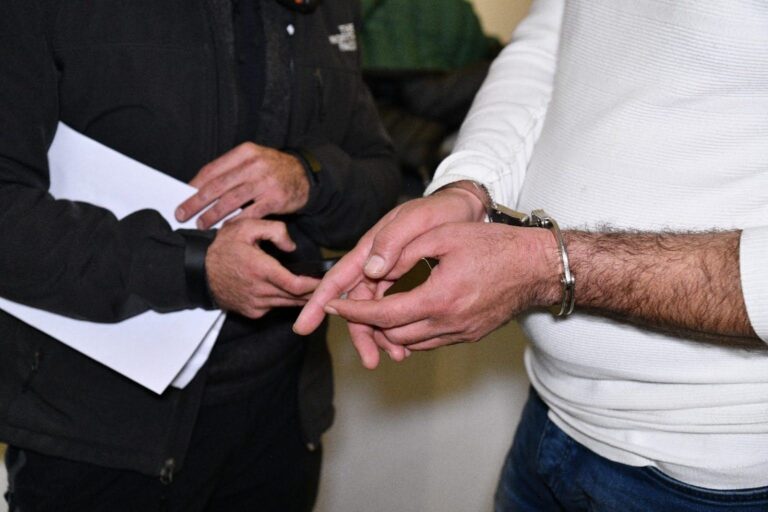
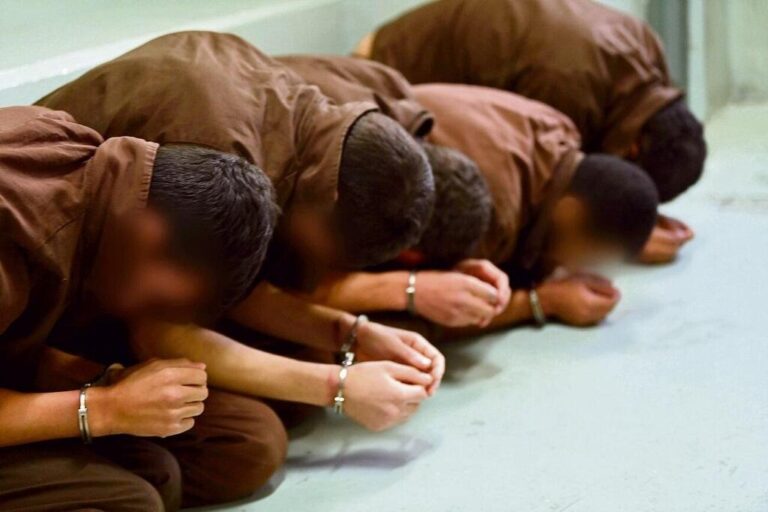
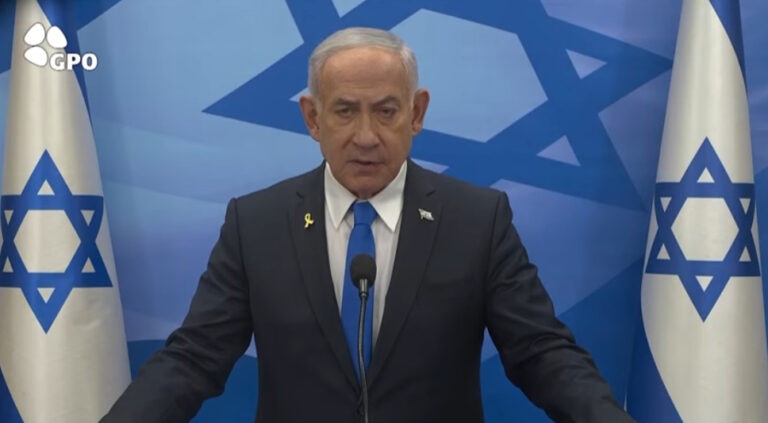
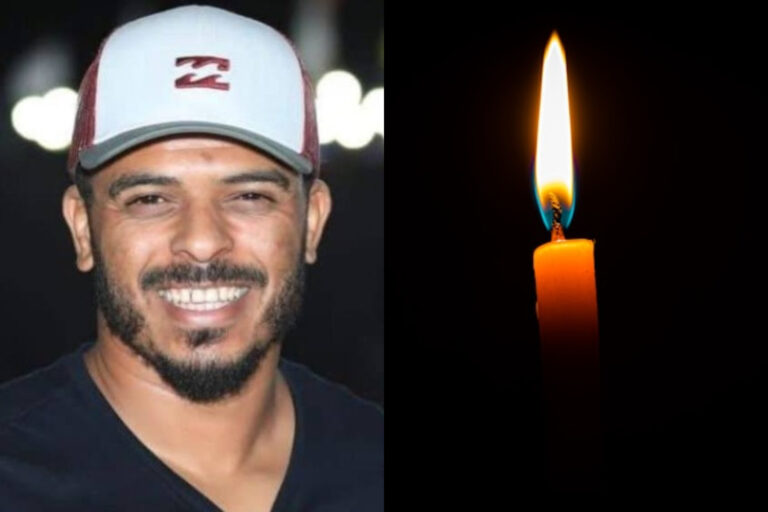
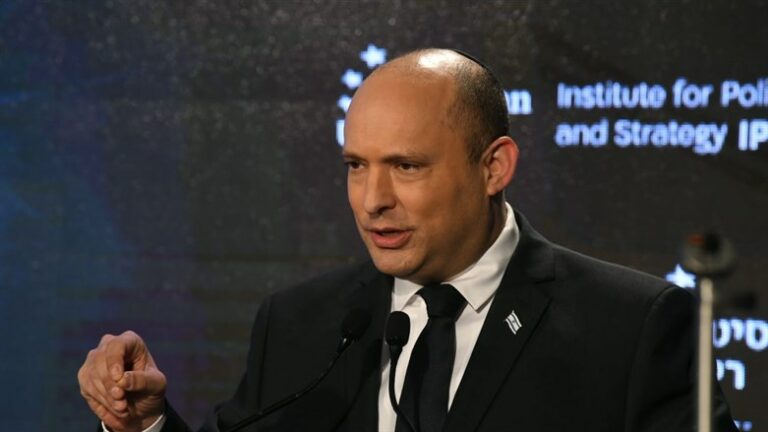

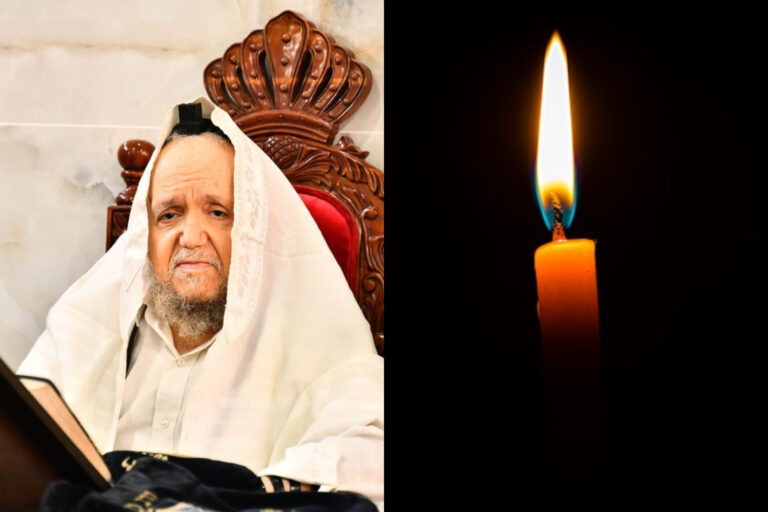
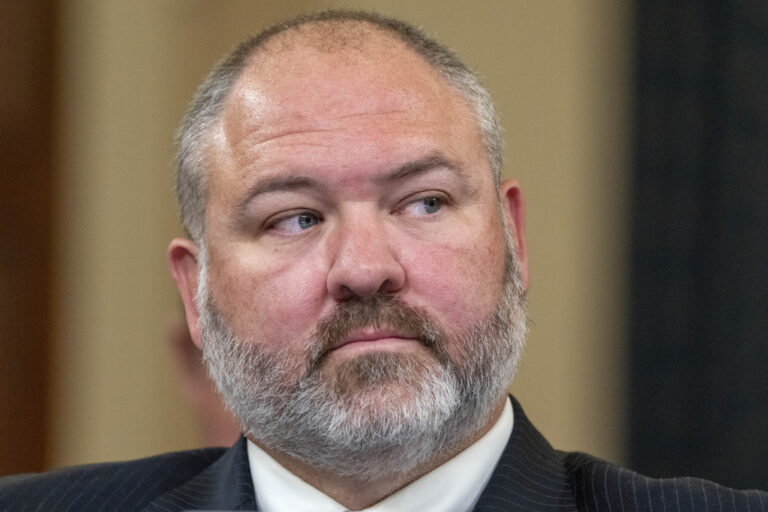
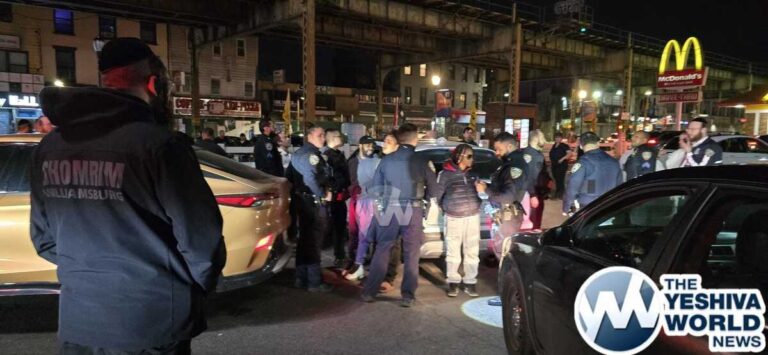
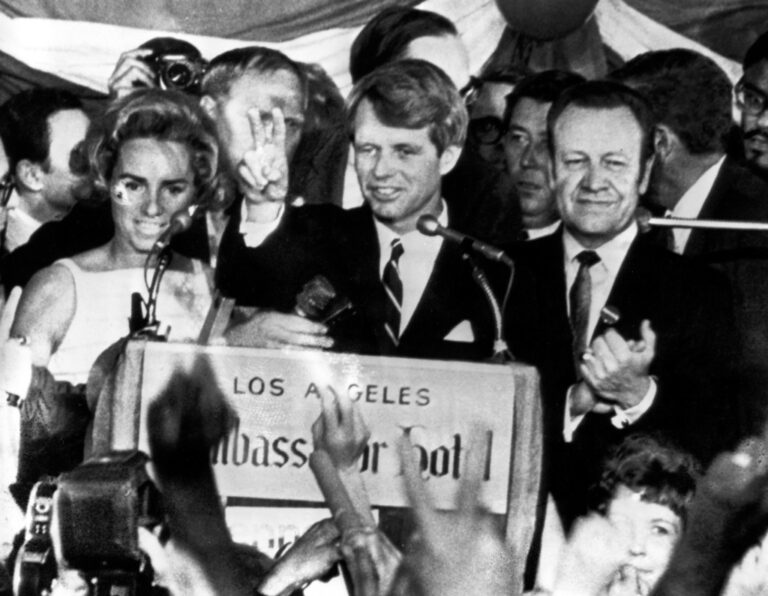
4 Responses
the history of the closing of Volozhin is now clear given documents uncovered from the former Soviet Union.
Slabodka was as different from current hareidi yeshivot as night is from the day in two fundamental ways: First, only metzuyanim were accepted. Second, those produced included the Grash ztl, R. Elya Kaplan ztl, etc. major non-traditional, academic scholars as well as geniuses who left orthodoxy, most prominently prof. Harry Wolfson.
that respect for and promotion of diversity in thought is completely absent from today’s monochromatic yeshivot
The Rosh Yeshiva RYH was like the Alter zatzal and not a cookie cutter. Each תלמיד had an epithet. Harav Yankel Weinberg was the אחד המיוחד of the chaburah.
I recall that on Shabbos Hagadol I spoke in learning with the Garash as you say before he went to Israel and was niftar en route.
In fact Harav Schorr was very proud of his תלמיד Professor Leiman . So thanks to Rabbi Y and Dr.Y.
dr yid
todays yeshivos have also produced many ppl who have gone off the derech that means that they have respect and promote diversity?!
What in the world are you talking about?
Amazing article. Thank you. For more on the Slabodka Yeshiva in Hebron click here: http://en.hebron.org.il/history/671